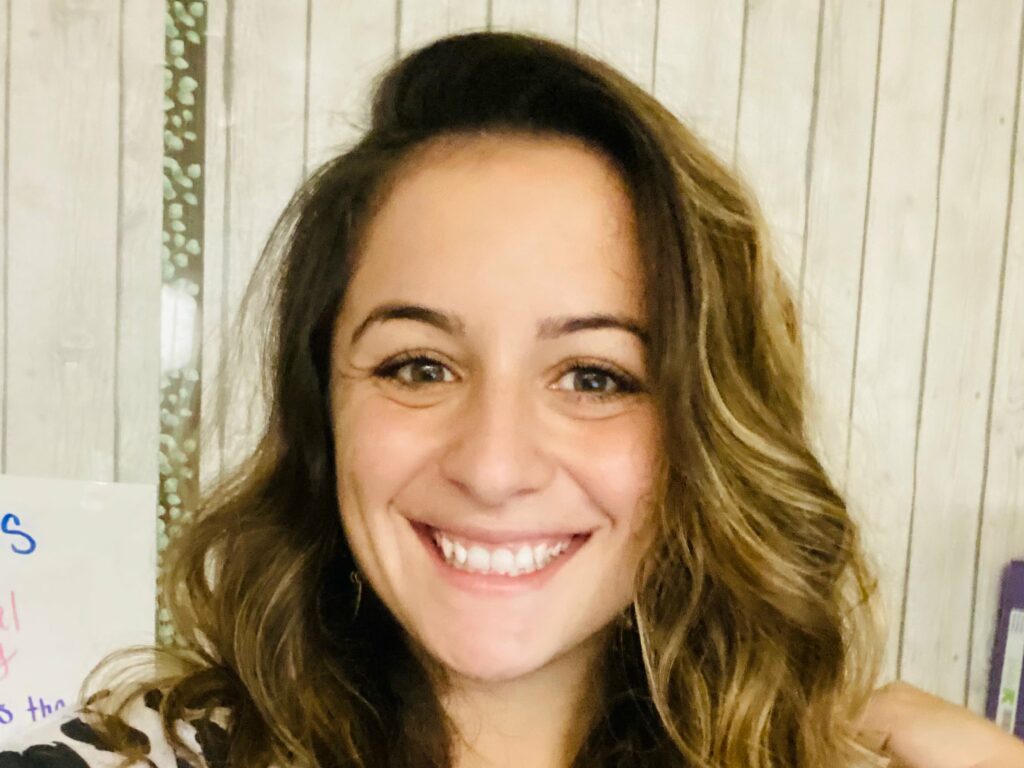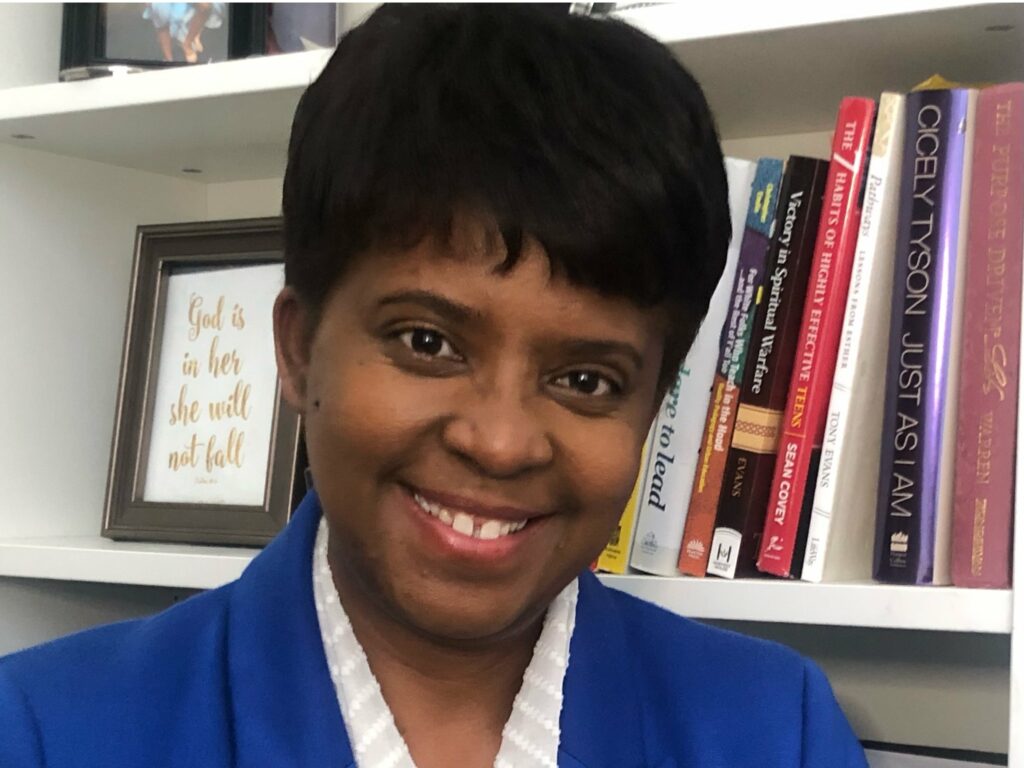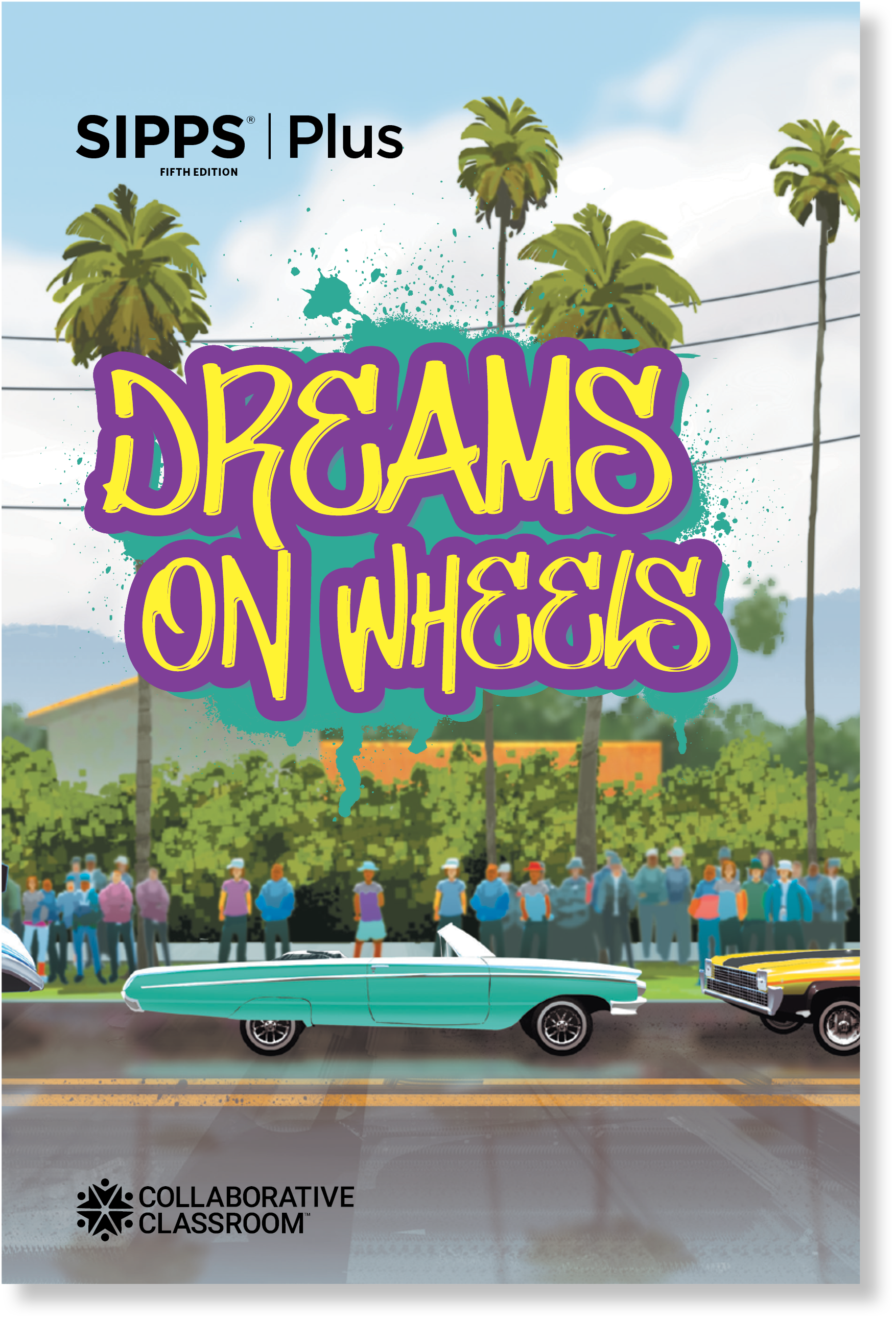In this interview, 5th Grade ELA teacher Alexa Speicher and District Resource Teacher Kimberly Lee of Hillsborough County Public Schools tell how they used a Teacher Scholarship for SIPPS to make a difference for a 5th grade student who was reading at a kindergarten level.
To learn about applying for a Collaborative Classroom scholarship, visit the Teacher Scholarship Program page.
Alexa Speicher, 5th Grade Teacher, on how SIPPS helped her support a striving older reader

Tell us a little about yourself, your school and district, and the students that you serve.
My name is Alexa Speicher and I just completed my ninth year as a fifth grade language arts teacher with Hillsborough County Public Schools in Florida. I am passionate about teaching reading, as well as the implementation of the RTI process.
After starting my career in 2013, I have had the opportunity to teach reading and gifted education to students in third, fourth, and fifth grades at Title 1 schools in Tampa, Florida, including Folsom Elementary, Woodbridge Elementary and most recently, Witter Elementary.
What is the most rewarding part of being an educator for you?
The most rewarding part of being an educator is connecting with the students and watching their personalities grow and change over the school year.
It is especially rewarding to see students experience both success and failure and watch how that shapes them to become more confident and resilient learners.
How long have you been implementing SIPPS Plus? Tell us a little about how you discovered the SIPPS program and about your implementation.
Last year [2021–2022] was my first time hearing about the SIPPS program and implementing SIPPS Plus for older readers.[1]
I had a fifth grader in my class who had slipped through the cracks for years and was still reading at a kindergarten level. I was at a loss on how I could help close the gap and prepare him for middle school.
As I pushed to streamline the RTI process, a district resource teacher, Ms. Kimberly Lee [interviewed in the next section of this article], reached out.
Ms. Lee offered to model and implement SIPPS with me to support this student and to see if it would help. Together, we dedicated 30 minutes two days a week and tried to be as consistent as possible.
In just five months of SIPPS instruction, this student made significant growth: from a kindergarten level in foundational reading skills to a third grade level.
In just five months of SIPPS instruction, this student made significant growth: from a kindergarten level in foundational reading skills to a third grade level!
What do you appreciate about SIPPS?
As an intermediate teacher, my comfort zone is teaching comprehension and vocabulary strategies. When it came to teaching phonics, I was always at a loss as to where to start and how to help my students when they made errors.
SIPPS made this process less intimidating and more systematic. I had many “OHH! That’s why we read it like that!” moments about things that had never before been explained to me in a way that made sense. That enabled me to help my student catch on to rules and patterns that made words more predictable and easier to decode.
When it came to teaching phonics, I was always at a loss as to where to start and how to help my students when they made errors. SIPPS made this process less intimidating and more systematic.
I also appreciated the SIPPS mastery tests after every five lessons. This made it easy to collect data on the intervention in place and allowed us to make instructional decisions on what steps to take next.
After being introduced to SIPPS this year, I feel more equipped than ever to teach ALL students in my class.
What did you notice about your student’s learning and engagement?
The student whom we worked with was very motivated and engaged. I think this is mainly because he knew the SIPPS routine and what to expect.
Also, because the learning spiraled from one SIPPS lesson to the next, no matter what we were introducing, he felt success each time.
Additionally, he was excited to read a book [as part of the program] that looked appropriate for his age. He was always pointing out things he learned when he saw it being applied in the text.
How has SIPPS affected or changed your own teaching and learning?
SIPPS showed me that I am able to help shrink the gap with students, no matter how large it may be, with a consistent, systematic approach. I have learned so many strategies for teaching phonics that can be applied with future students.
What advice or insights would you share with an educator who is new to SIPPS?
Just go for it! I was initially concerned about how I would fit in these SIPPS lessons with all of the other demands of my class, but you will find the time to work with the students who need it the most—even if it’s one to two times a week. Your students will benefit from the program if you follow it.
Also, be open to trying something new—you will be surprised at what you BOTH can learn.
Lastly, always advocate for your students to get them the support they deserve, no matter how pushy you may sound. It will make all the difference to them.
Kimberly Lee, EdS, District Resource Teacher, on applying for a Teacher Scholarship for SIPPS

Tell us a little about yourself, your role, and the students that you serve.
My name is Kimberly Lee. I was most recently the District Resource Teacher for Professional Development in the Transformation Network in Hillsborough County Public Schools. My role allowed me to serve teachers and students in our district’s lowest performing schools.
What is the most rewarding part of being an educator for you?
I’m most rewarded by opportunities to support teachers in building their capacity to strengthen instructional practice and develop their leadership skills. There’s no greater joy than to see teachers reaching goals that they have set for themselves.
How did you learn about Collaborative Classroom’s Teacher Scholarship Program?
I actually found out about it on Facebook! I clicked the link and it took me directly to the Collaborative Classroom website.
When I saw how easy it was to apply for the Teacher Scholarship Program, I completed the form and sent it to colleagues in my department and teachers whom I knew wanted to learn more about SIPPS.
What made you decide to apply for a Teacher Scholarship for SIPPS Plus? What was that experience like?
When I learned that SIPPS Plus was designed specifically for older readers [in grades 4–12], I wanted to try it out.
Our district had not previously purchased SIPPS, but they were very supportive of me exploring this intervention to learn more. I knew that I couldn’t pass up the chance to apply and I’m glad that I didn’t!
Receiving the SIPPS Plus kit felt like Christmas, and to share it with Ms. Speicher and her student made it all the more rewarding.
Receiving the SIPPS Plus kit felt like Christmas, and to share it with Ms. Speicher and her student made it all the more rewarding.
Every teacher deserves the opportunity to learn and grow, and I’m so thankful to have been able to receive SIPPS Plus when I did.
We’re glad you applied for that Teacher Scholarship for SIPPS! Once you received the materials, how did you begin implementing SIPPS Plus with Ms. Speicher and her fifth grade student?
SIPPS Plus was brand new for me. Thanks to the reading coach at Witter Elementary who introduced me to Ms. Speicher, I was able to try it out for the first time.
Ms. Speicher was extremely concerned about the needs of her most struggling fifth grade student and the fact that very little had been documented regarding interventions.
Because SIPPS is research- and evidence-based, I suggested that we partner and use SIPPS Plus to get the ball rolling.
What do you appreciate about SIPPS Plus?
I love that the connected text is uniquely designed for older readers. This text, Dreams on Wheels, has the same look and feel of a chapter book with decodable stories that are high interest and quite engaging for readers.

What did you notice about this student’s learning and engagement during his SIPPS instruction?
Ms. Speicher’s student was fascinated by the program’s connected text Dreams on Wheels and asked for a copy to use at home! He was always happy to participate in SIPPS lessons and began to closely monitor his progress at each session.
He had become very aware that he was a struggling reader, so even when he started to have success with SIPPS Plus, he would often second guess himself. He was so determined and motivated to succeed.
How has SIPPS affected or changed your own teaching and learning?
When I saw this student’s results in the spring, I cried like a baby! This sweet boy had spent his entire time in elementary school unable to read and was finally having success as a fifth grader.
When I saw this student’s results in the spring, I cried like a baby! This sweet boy had spent his entire time in elementary school unable to read and was finally having success as a fifth grader.
I wish there was a way to continue to provide him with this intervention in middle school, but I’m so excited by all of the progress that he made while he was with us in 5th grade.
This experience just reminded me about the importance of a strong Tier 1. This student made lots of progress because he had a strong teacher who provided quality core instruction but who also advocated for the interventions that were clearly needed.
What advice or insights would you share with an educator who is new to SIPPS?
Give it a try and keep going! Reflect constantly and follow the support in the SIPPS teacher’s guide.
Partner with someone who wants to learn and grow as well, and then be amazed at the impact that your own learning has on kids!
***
Related Reading
Hear from other Florida educators who are using SIPPS.
Learn why so many state departments of education have recommended SIPPS.
Learn about Collaborative Classroom’s Teacher Scholarship Program, which awards professional learning and materials scholarships to educators who wish to implement our programs.
References
1. ^ SIPPS Plus addresses the simple alphabetic and spelling-pattern phases of foundational skills instruction and is designed for intervention instruction for students in grades 4–12.
